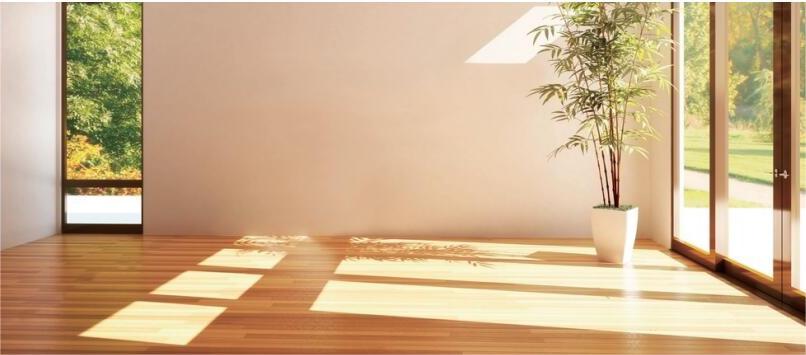
When it comes to installing vinyl plank flooring, proper staggering is crucial for a seamless and professional-looking finish. Whether you're a seasoned DIY enthusiast or a first-timer, mastering the art of staggering is essential for a durable and visually appealing floor. In this guide, we'll walk you through the step-by-step process of achieving the perfect stagger for your vinyl plank flooring.

Staggering is not just about aesthetics; it plays a vital role in enhancing the structural integrity of your vinyl plank floor. By avoiding continuous seams, you distribute the weight and stress across the entire floor, preventing issues like buckling and warping.
Follow these steps to ensure a professional stagger in your vinyl plank flooring installation:
Start with Quality Underlayment: Ensure a smooth and even surface by using a high-quality underlayment. This provides stability and reduces the risk of imperfections showing through the planks.
Choose Your Stagger Pattern: Decide on a stagger pattern that suits your space. Common patterns include a random stagger or a more structured offset pattern.
Measure and Cut Planks: Take accurate measurements of your space and cut the planks accordingly. Remember to leave room for expansion at the edges.
Begin Installation: Start installing the first row, ensuring the tongues and grooves are securely locked. Use spacers to maintain a consistent gap along the walls.
Stagger Subsequent Rows: As you move to subsequent rows, stagger the planks according to your chosen pattern. Avoid creating H or U patterns, as these can weaken the floor structure.
Randomize Plank Lengths: Mix up the lengths of your planks for a more natural and visually appealing result. This prevents a repetitive look that can detract from the overall aesthetic.
Trim as Necessary: Use a saw to trim planks as needed, especially at the end of rows or around obstacles. This ensures a snug fit and a professional finish.
Secure Transition Pieces: Install transition pieces in doorways or between different types of flooring to create a seamless and polished appearance.
Here are some common questions about staggering vinyl plank flooring:
A: The recommended stagger for vinyl plank flooring is at least 6 inches. This helps distribute weight and minimizes the risk of visible seams.
A: Staggering is highly recommended to enhance the structural integrity of the floor. Avoiding staggering can lead to issues like buckling and a less polished appearance.
A: Common tools include a saw, spacers, a tapping block, and a rubber mallet. Ensure you have the necessary tools for cutting and securing the planks in place.
By following these guidelines and tips, you'll be on your way to achieving a professionally staggered vinyl plank floor that not only looks great but also stands the test of time.
Of course, there are more floor patterns available on the market to make your home more design-oriented. Click here for more vinyl floor pattern options.